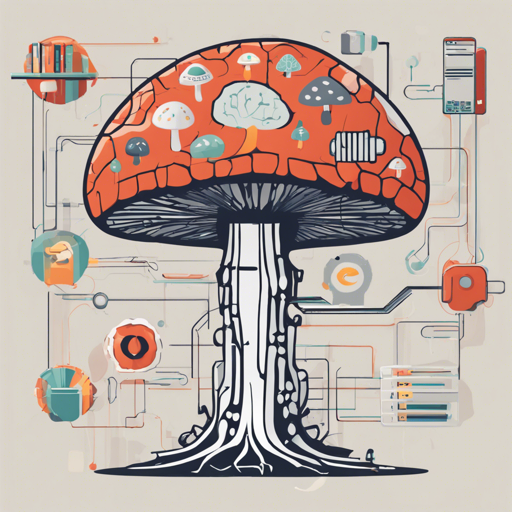MushroomRL is a powerful Python library designed to simplify Reinforcement Learning (RL) research. With its modularity, it allows users to easily leverage well-known tensor computation libraries like PyTorch and TensorFlow, as well as popular RL benchmarks such as OpenAI Gym. Whether you’re interested in classical or deep RL algorithms, MushroomRL provides a suite of tools to conduct RL experiments effortlessly.
What You Need to Know About MushroomRL
- Supports various classical RL algorithms (e.g., Q-Learning, SARSA)
- Includes deep RL algorithms (e.g., DQN, DDPG, SAC, TD3, TRPO, PPO)
- Integrates with platforms like OpenAI Gym, PyBullet, and DeepMind Control Suite
Installation Guide
Getting started with MushroomRL is straightforward. Here’s how to install it:
Minimal Installation
For a minimal installation, you can use the following command:
pip3 install mushroom_rlFull Installation
If you want access to optional components, such as OpenAI Gym environments and Atari games, here’s the command:
pip3 install mushroom_rl[all]For Ubuntu 20.04 users, you might need additional dependencies:
sudo apt -y install libsdl-image1.2-dev libsdl-mixer1.2-dev libsdl-ttf2.0-dev \
libsdl1.2-dev libsmpeg-dev libportmidi-dev ffmpeg libswscale-dev \
libavformat-dev libavcodec-dev swig
Plots Dependency Installation
To enable plotting capabilities, run the following commands:
sudo apt -y install python3-pyqt5
pip3 install mushroom_rl[plots]
Lastly, check the mujoco-py project page for installation instructions if you need them.
Basic Usage of MushroomRL
To run a basic experiment with MushroomRL, you’ll need to create a script that includes the necessary configurations. Here’s an analogy to help understand the process:
Imagine you’re preparing for a cook-off. You need a recipe (your script) that outlines all the ingredients (your configuration settings like the algorithm and environment) and instructions (the workflow of running the experiment). Just as missing an ingredient could affect your dish, not providing complete info in your script could hinder your experiment. Here’s how to run a sample experiment:
python3 examples/car_on_hill_fqi.pyTroubleshooting Common Issues
If you encounter issues while installing or running experiments, consider the following troubleshooting steps:
- Ensure all dependencies are properly installed. Recheck your environment settings.
- If using Anaconda, be cautious of QT issues; follow the specific instructions for setting QT plugin paths.
- Compatibility problems may arise from older versions of installed libraries; clean installations may be necessary.
For more insights, updates, or to collaborate on AI development projects, stay connected with fxis.ai.
Final Thoughts
At fxis.ai, we believe that such advancements are crucial for the future of AI, as they enable more comprehensive and effective solutions. Our team is continually exploring new methodologies to push the envelope in artificial intelligence, ensuring that our clients benefit from the latest technological innovations.

